About Walter 3
Dos Meses en Cuba
Not Long Before Boarding in Tampa
Pre-pre-travel notes and reflections
It’s Saturday morning, September 12, and I’m putting together the last items to put in my suitcases. It’s always like this and I try to also give a few thoughts to the world I’m leaving behind here, and the one I’m expecting to see in Cuba. For the first time I’ll be traveling via Tampa, where I’ll have a longish layover and should be able to write some more. Will share some of these with you here on CubaNews and via Facebook. Your comments are welcome. My eyes are getting better. The right eye is still somewhat itchy and both are on the unsightly side. Oh, well.
This morning NPR, which I sometimes think of as National Pentagon Radio, or Nearly Private Radio, featured a completely typical and hostile report on Cuba on the eve of Pope Francis’ visit next weekend. Gjelton wrote an informative book on the history of the Bacardi family and Cuban rum some years ago. I remember being with the press corps on one of the last times Fidel Castro spoke before a mass rally, in Bayamo, Cuba on July 26, 2006. I took a wonderful photo of Fidel which I’ll share with you. Have been brushing up my skills in Photoshop, and now some of the rough edges of the photo, though not the marvelous expression on Fidel’s face as he looks to the sky above. I’m sure you’ll enjoy it.
I’m traveling now precisely to that I can witness his visit and the public reactions, and to attend the big mass at Revolution Plaza. Hope to take a lot of pictures and to make reports on what’s going on there. Cristina Fernandez de Kirchner, Argentina’s President, is coming in for the event. Will work on this during the rest of the morning, and send it out shortly before leaving, so it may have a somewhat disjointed character. Hope you’ll enjoy it. If this isn’t done before I leave, maybe I’ll write more during the layover in Tampa. In fact, I’m sure I’ll write more in Tampa.
======================================
Walter’s health update, Sept. 8, 2015
Here’s a photo taken today, September 8, 2015
Bandages removed. Scabbing gone. This is what I look like today.
No, I’m not asleep. Just wanted you to see my eyelids.
Walter Lippmann
Walter’s Favorite Sayings
Two Months in Cuba
BRIEF UPDATE, September 2015 Next week I’ll be returning to Cuba. This has been my longest time away since 1999 when I began regular visits. It’s been a year and a half. So much has changed since then! The Five are free and home. Diplomatic relations, broken by Washington in 1961, have been restored, and the process Cubans call “updating their economic model” has been continuing, as Raul Castro described it, “sin prisa, pero sin pausa”, which means “without rushing, but without stopping”. There’s so much to be learned and said about the process, which even the most attentive observer from abroad can barely begin to grasp. So now I’m looking forward with great anticipation to being able to catch up with friends and colleagues there, and to share with readers what I can see, hear and begin to try to understand. Below a link to my first extended commentary on Cuba, written after my second visit, fifteen years ago. Some remains valid, some has long since been resolved. Well, enough for now.
Walter Lippmann
Los Angeles, California
September 8, 2015.
TWO MONTHS IN CUBA
Notes of a visiting Cuba solidarity activist
by Walter Lippmann
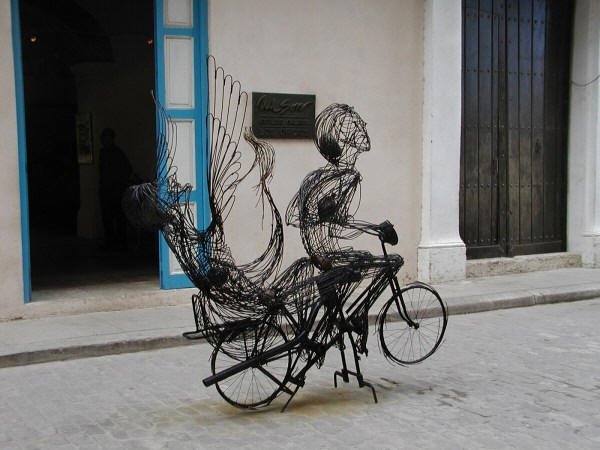
These are some notes on my visit to Cuba from November, 2000 to January, 2001. Some things in Cuba are very similar to the US, but many others are very, very different.
This essay doesn’t pretend to be a full-scale analysis of Cuba. That would be beyond its scope. These are my own observations, reflections and comments on things I myself personally saw, heard and did. Before and after visiting Cuba, I spent some time visiting Mexico, to get some perspective and to make a few comparisons. I hope you’ll find it useful.
On the final page of this essay, you’ll see links to some other pictures I took, and a page of references for useful English-language sources on Cuba so you can research Cuba further on your own.
WHY CUBA? WHY ME?
My interest in Cuba has deep family roots. My father and his parents lived there from 1939 to 1942. As Jewish refugees from Nazi Germany, they were unable to enter either Great Britain or the United States, despite having close relatives in each. The Roosevelt administration strictly enforced a restrictive quota on Jewish immigration. My father and his parents had to wait in Cuba until 1943 before obtaining permission to enter the US. I was born in New York City in 1944. (A good history of the Jewish experience in Cuba is Robert M. Levine’s 1993 Tropical Diaspora (ISBN:0-8130-1218-X). There’s also a novel which eloquently evokes the time when my father lived in Cuba, Passing Through Havana, by Felicia Rosshandler (ISBN: 0-312-59779-7).
My father took me to Cuba in August, 1956. We visited his old residence and met some of his old friends. I don’t remember much about it except that Cuba was a very hot and sticky place. (I was only 12 at the time.) We stayed briefly at the Hotel Nacional, and after that we moved to a smaller hotel. We traveled to Pinar del Rio with one old friend, John Gundrum, also a German immigrant, but one who’d never left Cuba.
In November, 2000 I made my second visit to Cuba as an adult. I’d spent three weeks there in late 1999, on a delegation of yoga teachers and students meeting and practicing with our Cuban counterparts. I knew more than most in the US about this Caribbean nation. I’ve read a lot of Cuban history, and followed Cuban affairs closely. Now I wanted to take a much closer look.
How do Cubans actually live, day-to-day? I wanted to get a sense of how they work, their likes, dislikes and so on. It’s one thing to hear and read about a place, in the media (Cuba is terrible place! People are dying to leave!) or, on the other hand, uncritically favorable accounts among the few left media sympathetic to Cuba.
My Spanish is limited, so I often had to depend on bilingual friends and acquaintances for answers and directions. During my 31-year career as a social worker for Los Angeles County, I learned some simple “street Spanish,” but not enough to carry on a complex conversation. I met many who speak, and wanted to practice, English, so I was able to get answers to my many questions.
In Havana I stayed with a Cuban family I’d met in 1999. One family member had recently quit the public sector job he’d had for 13 years, and entered self-employment. He translates Cuban TV scripts from Spanish into English as an independent contractor. Cuba hopes to sell these to providers like the Discovery Channel. He also translates for visiting journalists and filmmakers. Weeks before my arrival he’d worked with Academy Award-winning documentary filmmaker Barbara Kopple, filming the Washington, D.C. ballet’s visit to the country. His mother is an engineer working for a government ministry. She belongs to the Cuban Communist Party. I didn’t pay rent, but bought the food and other items for the family. I often shopped and sometimes cooked for the family. I don’t think they’ve eaten so much garlic in their lives! (Fortunately, they like garlic…)
CUBA’S HISTORIC GOALS:
INDEPENDENCE AND A JUST SOCIETY
Essential to understanding today’s Cuba is the bitter history of US-Cuban relations. The two nations have had a long, close and tense connection. Nineteenth century US politicians discussed annexing the island. They tried to derail its independence, or thwart its efforts to forge a just society where the interests of Cubans was put first. Even now, most US politicians still act and speak as if they have the right to tell Cubans how to run Cuba. The revolution led by Fidel Castro and his compañeros is the most successful of Cuba’s efforts.
Backers of the overthrown Batista dictatorship were welcomed to the US. Washington opposed Cuban efforts to take control over national resources from foreign (mostly US) companies. It has opposed, and tried to turn back, the revolution at every turn. Washington and its supporters call this policy “the embargo.” Cuba calls it “the blockade.” This is because Washington relentlessly tries to bulldoze all other countries into supporting its anti-Cuban activities.
SINCE THE COLLAPSE OF THE SOVIET UNION
During Cuba’s alliance with the USSR and the states of Eastern Europe, the island received long-term contracts for its commodities at stable, and sometimes well-above world market prices. This provided the economic and military foundation for Cuba to survive Washington’s decades-long effort to starve it out. Washington had to think twice about military intervention. The island’s politics and economics were heavily influenced by the Soviet model.
Every home I visited has a system of elevated water storage. These are large tanks (think: oil barrels). Water is pumped once or twice a day, from 6 to 8 PM where I stayed, and Saturday and Sunday mornings. Each home or apartment only has a finite supply of water. Of course, this is in Havana., and from what people told me, the situation is different in rural areas and in other cities. Plumbing problems became much worse during the special period because of lack of parts to deal with age-related deterioration of the infrastructure in this cosmopolitan large city. Imagine New York City or Los Angles after a similar ten-year cutoff of maintenance. Duhhh…. post-nuclear war movies give a sense of what it would be like.
While I never experienced a cutoff of water, it did happen to some homes around the city. Large tanker trucks quickly came out and residents collected water in pails and hauled them home. Many people boil or chemically treat the water before drinking. Purification drops were considered sufficient where I stayed. Some travelers I spoke with used iodine, but many staying at hotels didn’t think this was necessary. The most cautious Habaneros continue to boil their water.
Walter’s health update, Sept. 4, 2015
It’s been very difficult recently to keep up with the normal practice of the past many years because of a range of health problems. These were further increased for reasons I’d like to try to explain here. To all those who wrote to express friendly concern and solidarity, I’m deeply grateful. I’m sorry that it’s not been possible to thank each of you individually.
On Friday morning, August 28, 2015, I walked from home to Kaiser hospital here in Los Angeles. It took about 40 minutes and I was in great spirits.
Awhile earlier I’d been diagnosed with BCC, which doesn’t mean “blind carbon copy”, but Basal Cell Carcinoma, a form of skin cancer which had been discovered by my optometrist and which sat on my right eyelid and never seemed to go away. It was a small and somewhat unsightly growth. Its cancerous nature was confirmed a couple of weeks earlier following a biopsy which required me being under anesthesia
At about 9 they called me into an operating room where the dermatologist performed what’s called a Mohs procedure (Google it if you like) to take off a small cancerous growth on my right eyelid. They explained that I’d have to wait a half-hour before they could be sure if they had gotten it all. After the second try came the third, and, heavily bandaged-up, from there I walked to another part of the hospital for reconstructive work.
So much skin had been removed by the dermatologist that they had to take a piece of skin from my left eyelid to graft it on to where the cancer had been on the right. I as put under a partial anesthesia and had no consciousness during the procedure. It didn’t take long, but I spent the whole day in the hospital.
A friend and former co-worker came to get me. The hospital wanted to put me in a wheelchair, but I walked out without difficulty. My friend drove me me home and, wiped out, I soon went to bed.
If you’d like to see them, I’ve posted two photos here. One right after the operation and another four days later after the bandages were removed. You can see I’m happier once I can see with both eyes.
My right eye was fully bandaged up for four days, and my vision is a bit blurry on the left eye due to all the surgery done there to take skin from the left to fill in what was taken off of the right eyelid. After the operations I went home and just put myself to bed, pretty much wiped out.
Since I’m not a TV viewer, I’m grateful for recorded books. I can get lost in them and time flies by, or sometimes they help lull me to sleep, while at the same time listening with consciousness, or, perhaps, absorbing some of the information while sleeping. I’m pretty sure that’s what does happen. Like good music, some of these books one can listen to more than once.
Right now I’ve been enjoying THE IMPERIAL CRUISE; A Secret History of Empire and War by James Bradley (2009).
It traces the social and educational history of Theodore Roosevelt, steeped in 19th century racism, through World War II. His latest book continues tracing how and why Washington allied itself with Chiang Kai-Shek’s corrupt Kuomintang regime up until, and long after its defeat by the Chinese revolutionary forces led by Mao Zedong. It’s THE CHINA MIRAGE (2015) and is also out in recorded, printed and electronic versions.
The bandages were removed from my right eye on Tuesday, and I walked both there and back. The dermatologist, as well as the physical therapist I saw before the bandages were removed, both urged me strongly to keep active and keep walking, but not to do anything seriously strenuous until the weekend. This means that I can begin to do some weight-lifting and some inverted yoga in another day or two. I rarely do headstand in the middle of the room, but like to invert by hanging upside down from a swing for that purpose. It’s very stimulating, but when one comes out of it you have to stop and lean your head against the wall to avoid dizziness.
Now that they’ve been released, the Five are traveling all over the world, meeting and thanking people everywhere who fought for their release through the long years. When Gerardo was in Victorville and I got notes from him from time to time, I had the impression that the two most frequently-used words in his vocabulary were “Thank You”.
One last thing. Yesterday Gerardo, Adriana, Gema and others from Cuba arrived in Portugal where they were met by Johana Tablada, the Cuban ambassador there. She put a news release (in Spanish) about it, and I did a quick translation to English which I posted to CubaNews, Facebook and other places. Not long afterwards I got a nice thank you note from Johana Tablada via Facebook’s chat function. Here’s the news release:
That’s all for the moment. If you want to see the results of the surgery, with the bandages on and then off, I’ve posted them to Facebook and to my own website.
Once again, I’d like to thank everyone who wrote or called to express their solidarity and concern about my health. The doctors tell me it’ll be another couple of months before the unsightly results of the surgery aren’t visible.
Walter Lippmann
Los Angeles, California
September 4, 2015
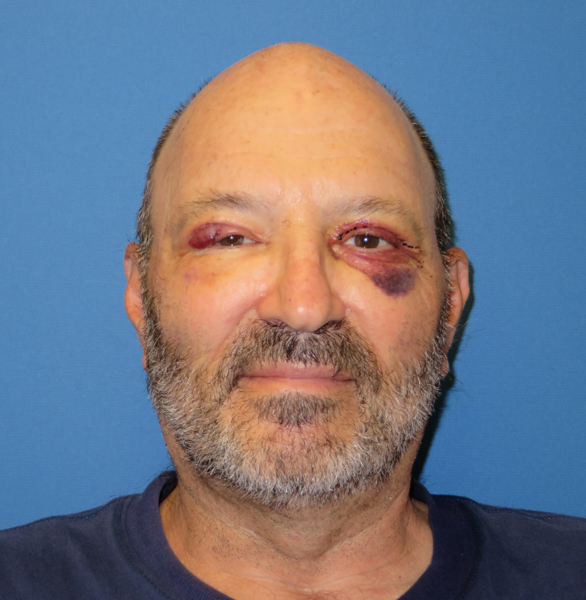
Walter 9-1-2015
Fidel Castro, Bayamo, Cuba, July 26, 2006.
Noam Chomsky on Walter Lippmann
Activist and scholar Noam Chomsky said in an interview:
the term “manufacturing consent” is not mine, I took it from Walter Lippmann, the leading public intellectual and leading media figure of the twentieth century, who thought it was a great idea. He said we should manufacture consent, that’s the way democracies should work. There should be a small group of powerful people, and the rest of the population should be spectators, and you should force them to consent by controlling, regimenting their minds.
Read the full Chomsky interview
In “Deterring Democracy” Chomsky wrote:
The techniques of manufacture of consent are most finely honed in the United States, a more advanced business-run society than its allies and one that is in important ways more free than elsewhere, so that the ignorant and stupid masses are more dangerous.
Subscribe to Blog via Email
| M | T | W | T | F | S | S |
|---|---|---|---|---|---|---|
| 1 | 2 | 3 | 4 | 5 | 6 | 7 |
| 8 | 9 | 10 | 11 | 12 | 13 | 14 |
| 15 | 16 | 17 | 18 | 19 | 20 | 21 |
| 22 | 23 | 24 | 25 | 26 | 27 | 28 |
| 29 | 30 | 31 | ||||
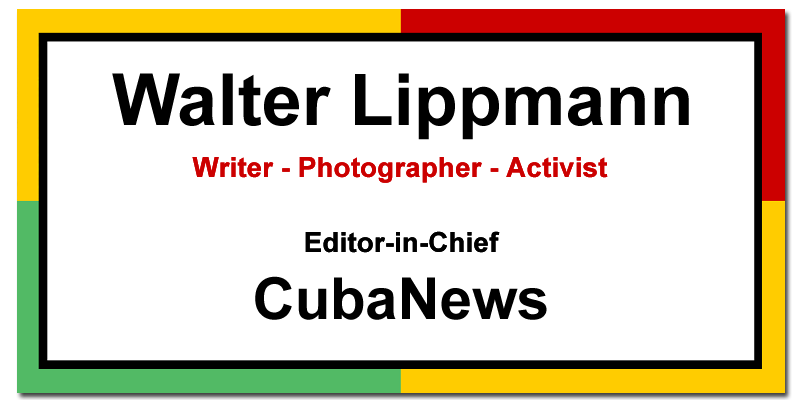

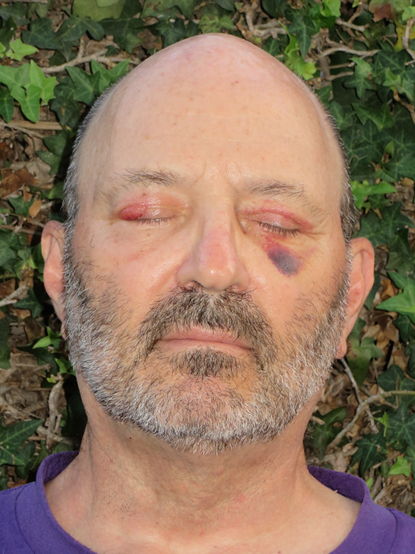

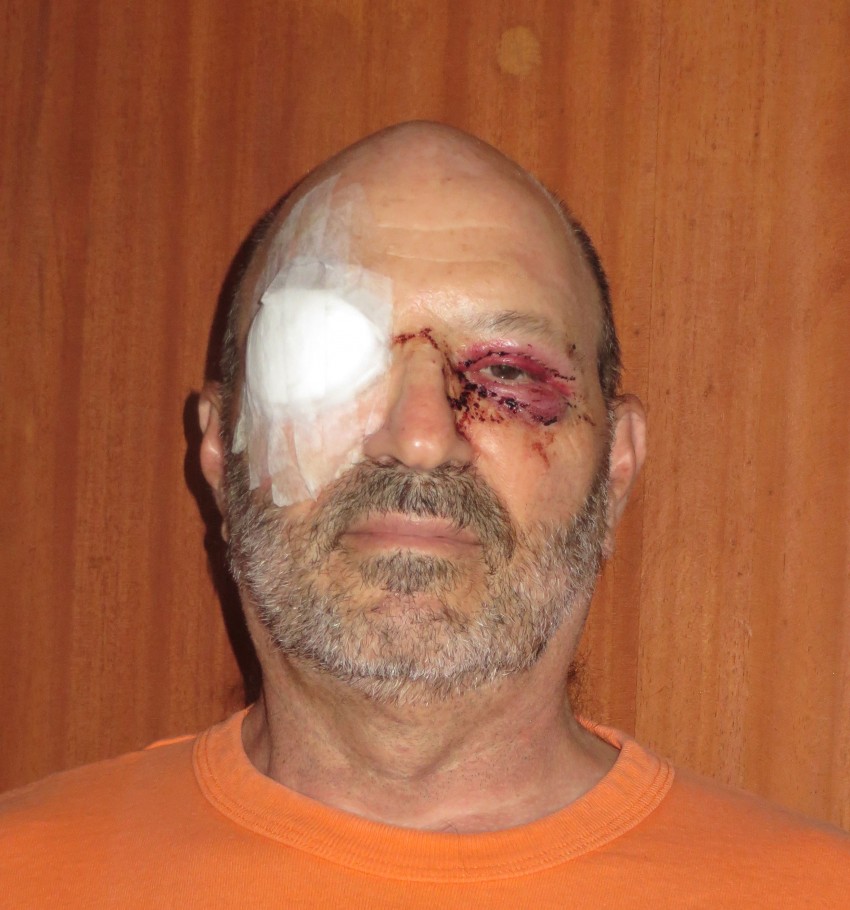

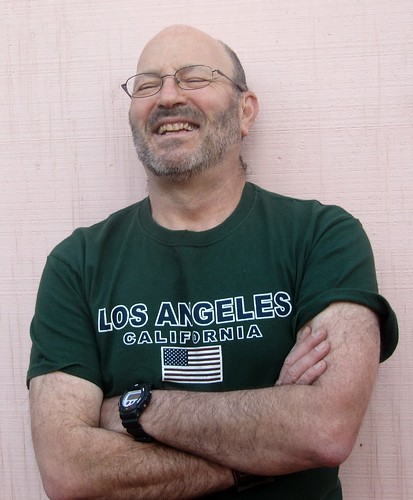
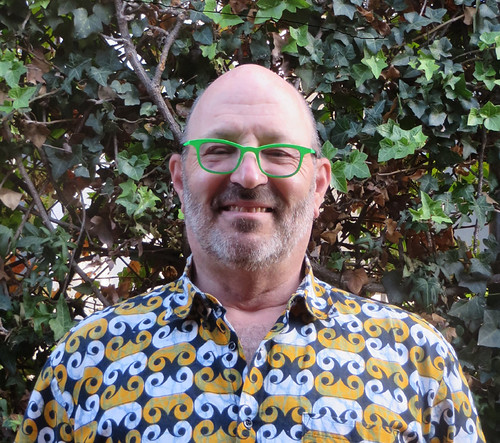
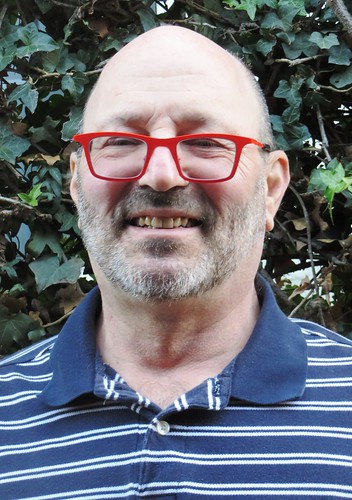
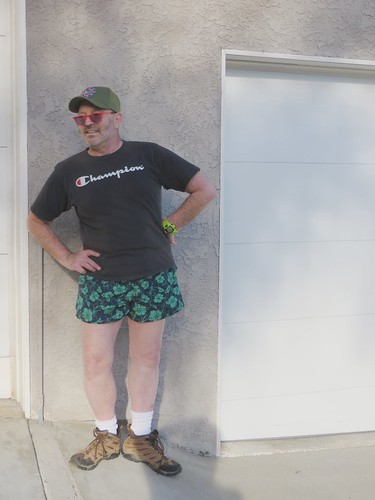
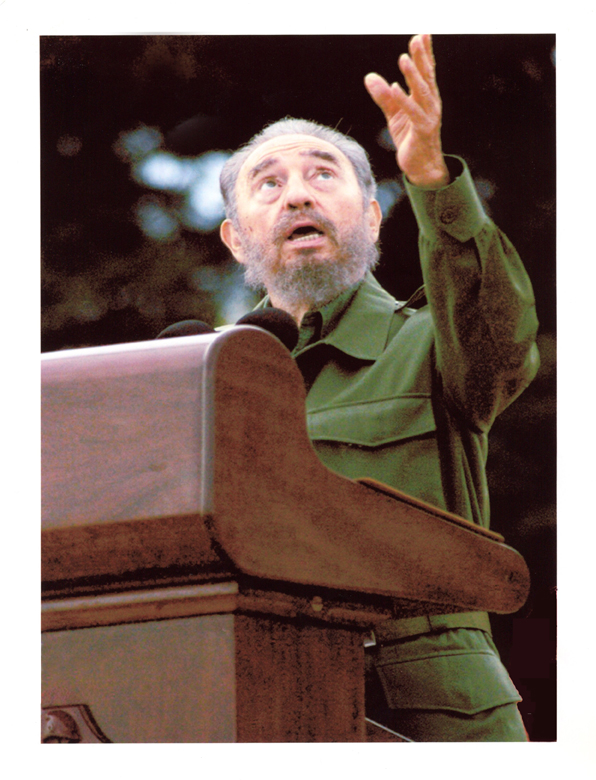
You must be logged in to post a comment.